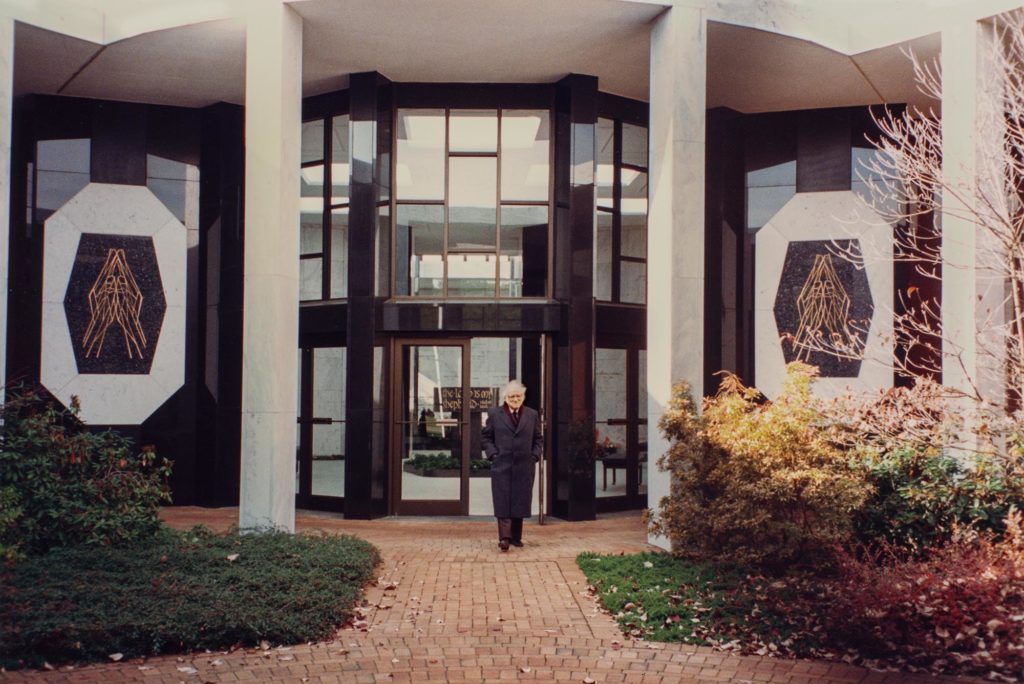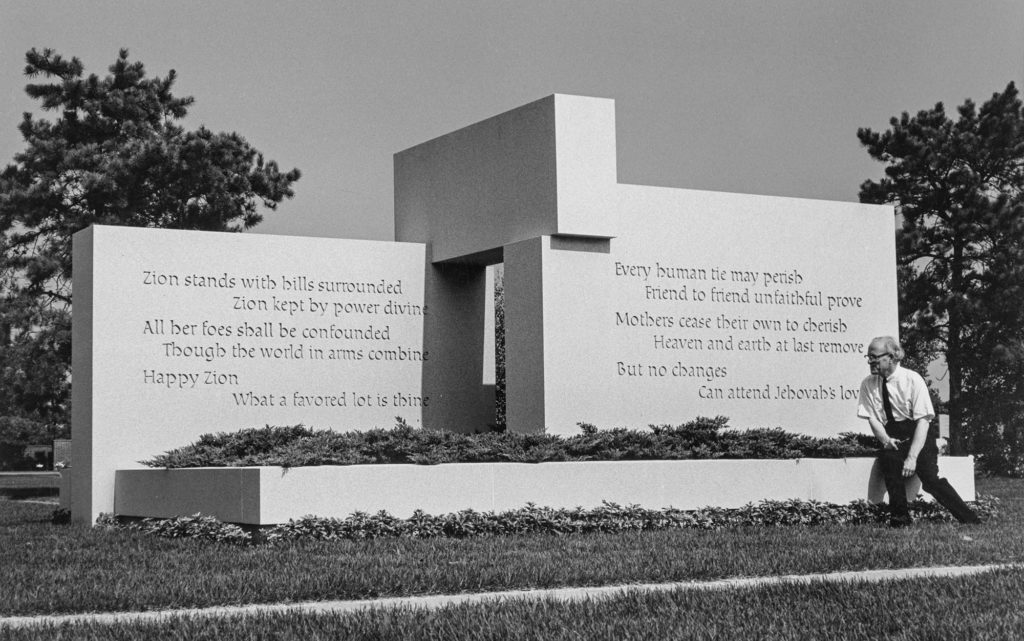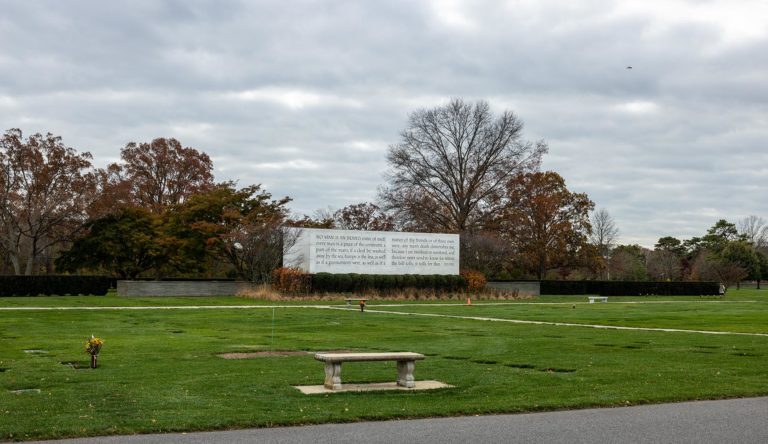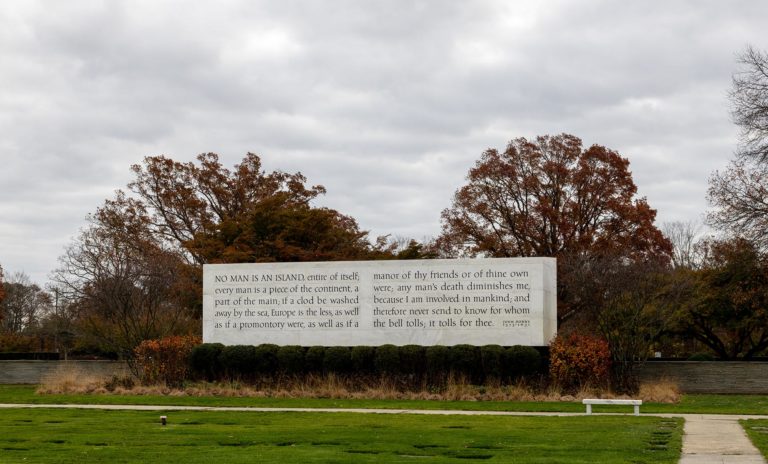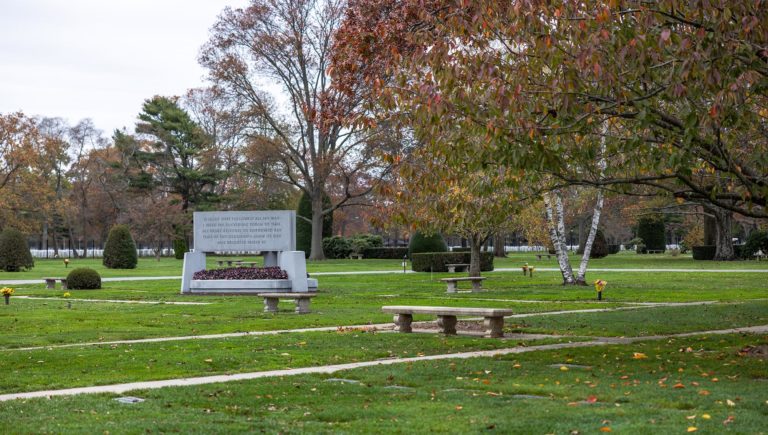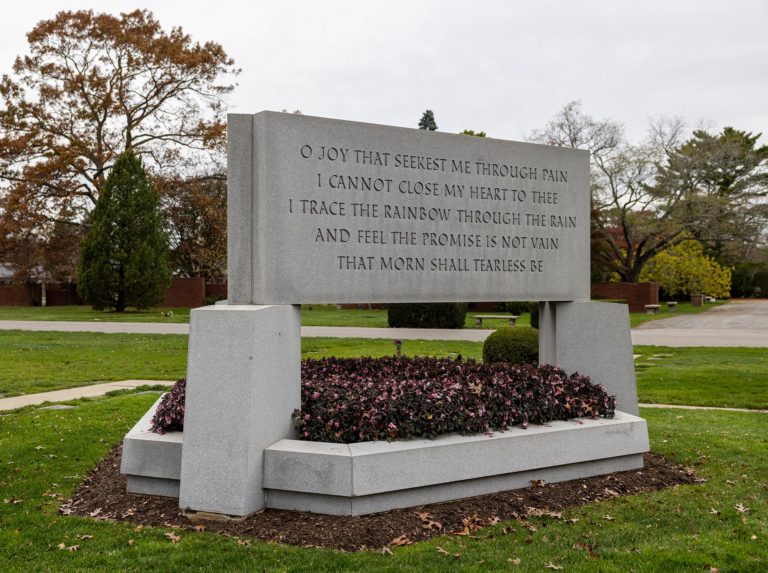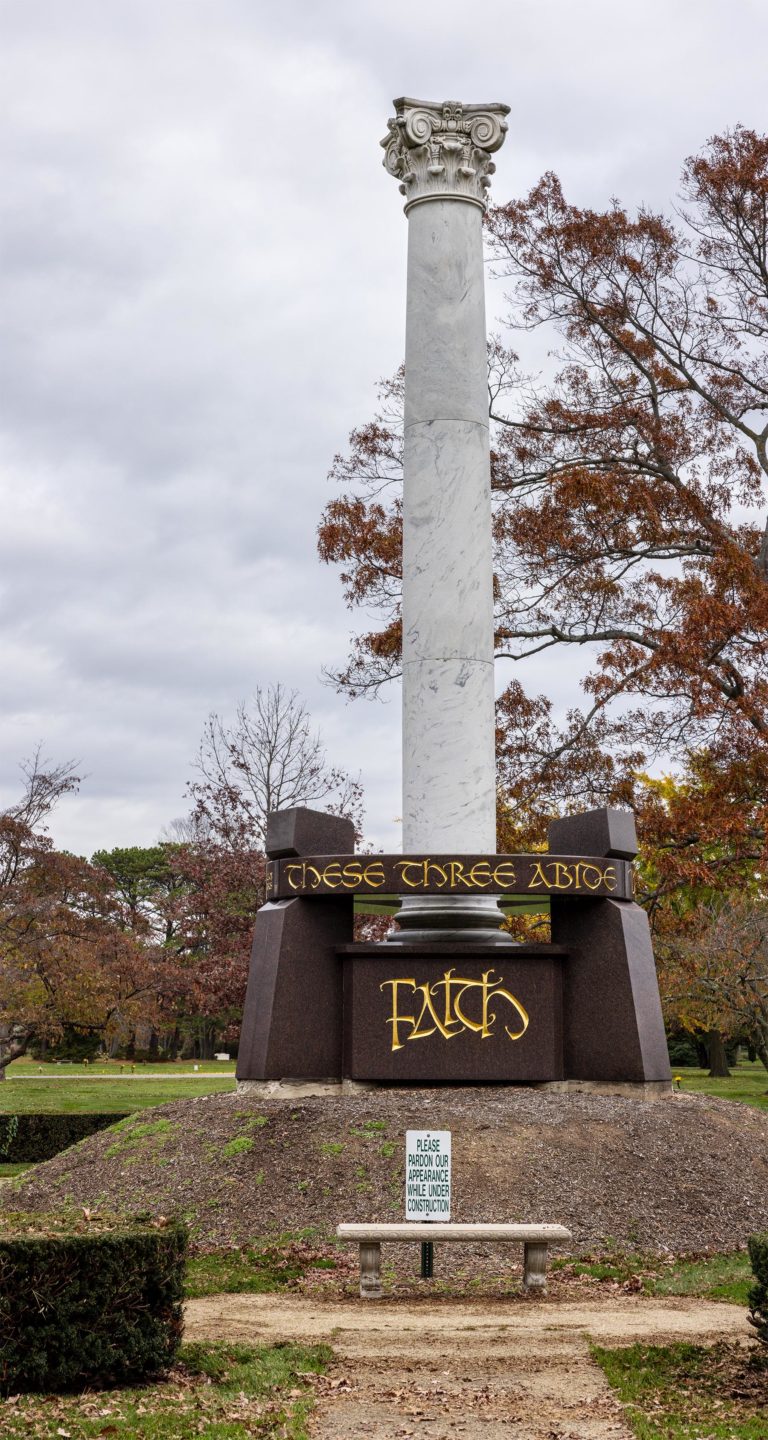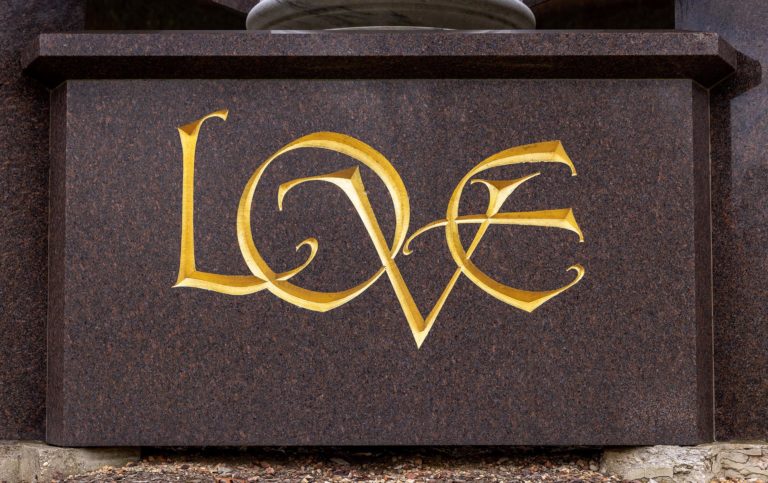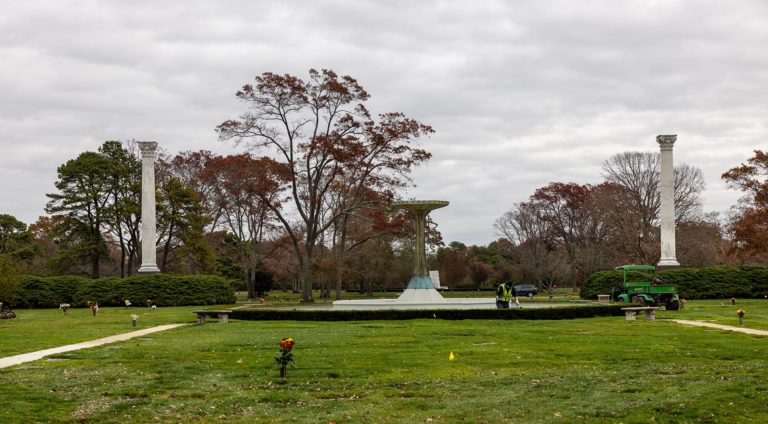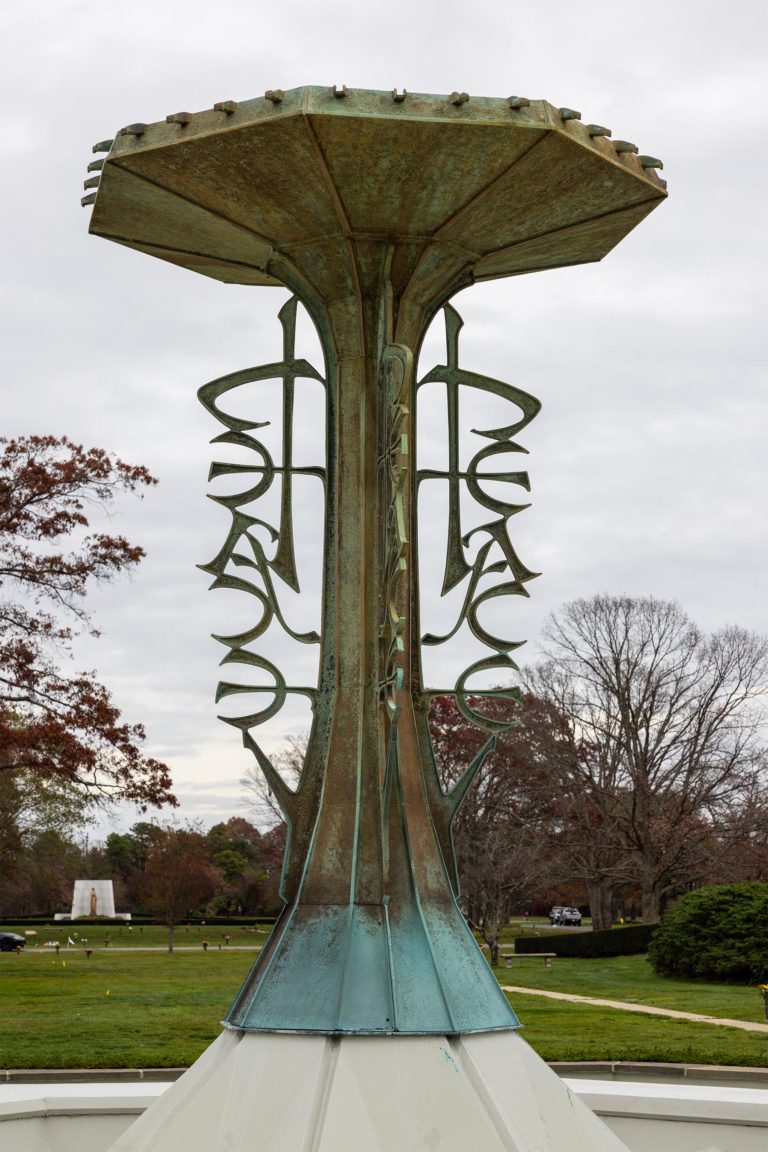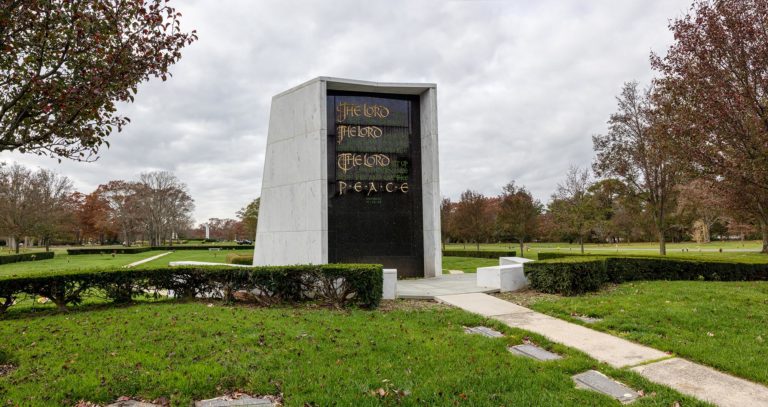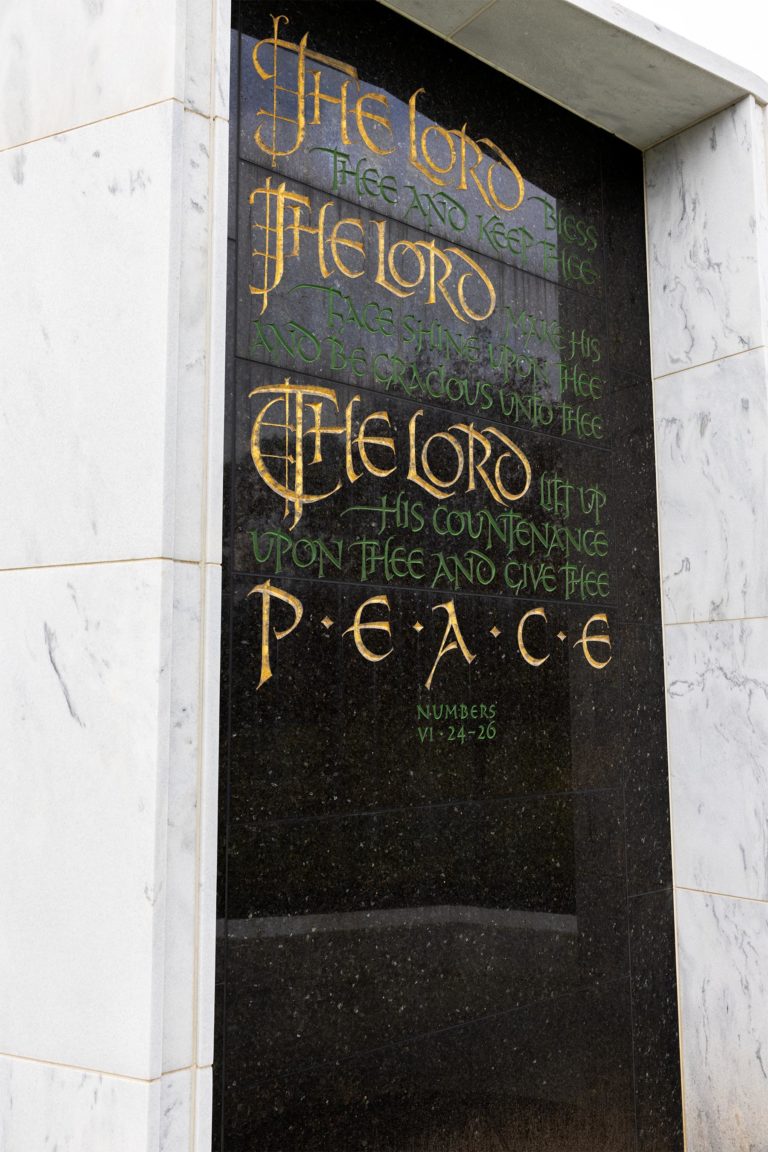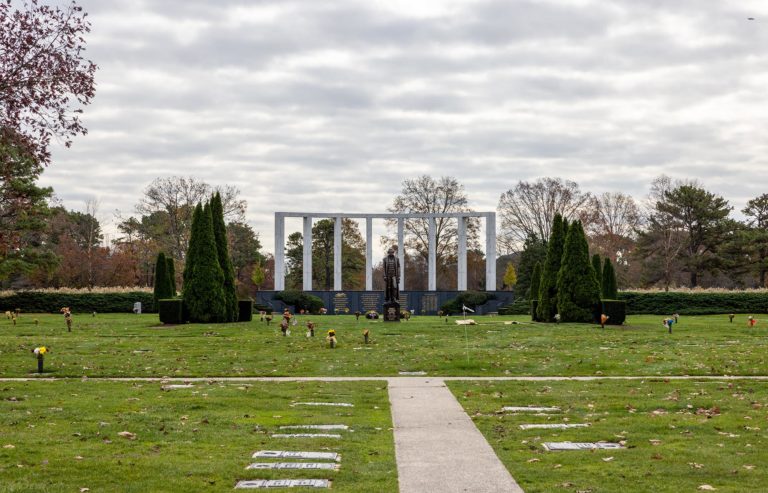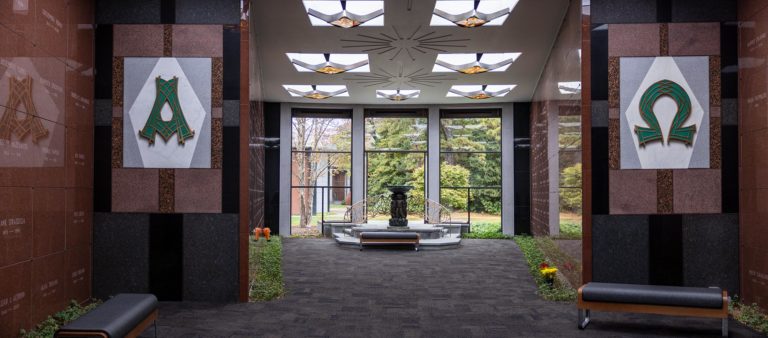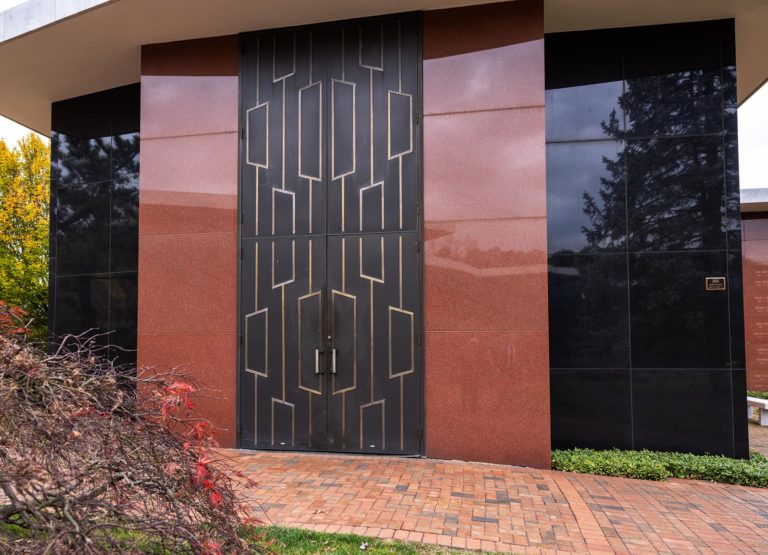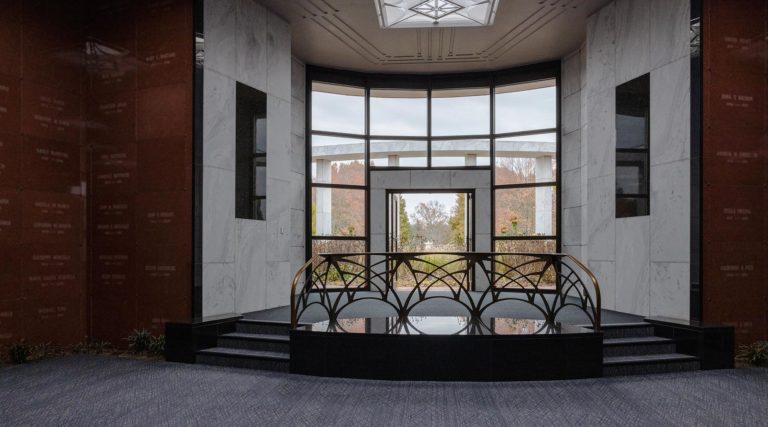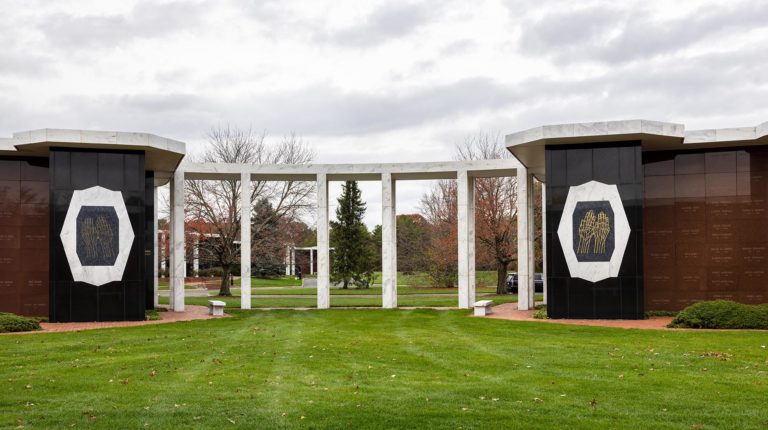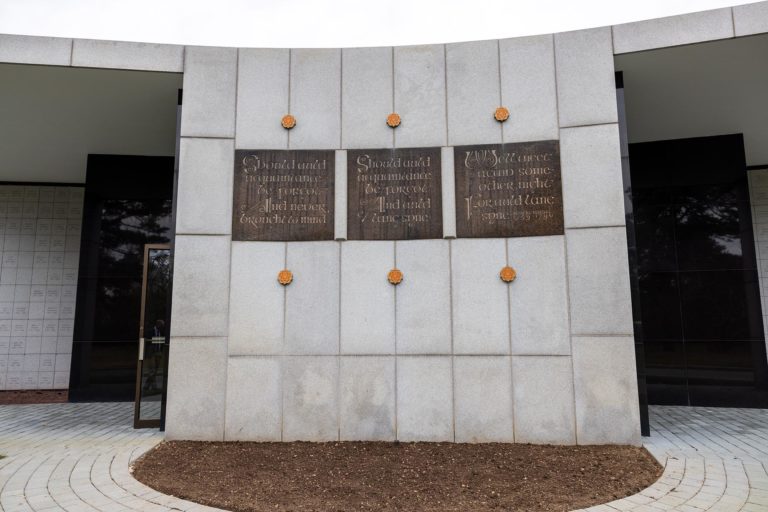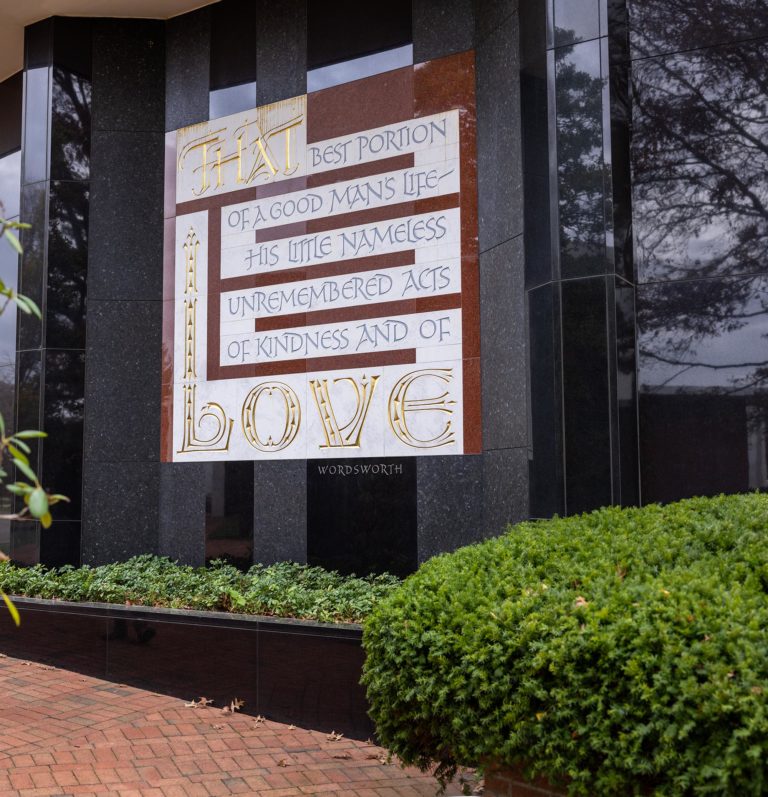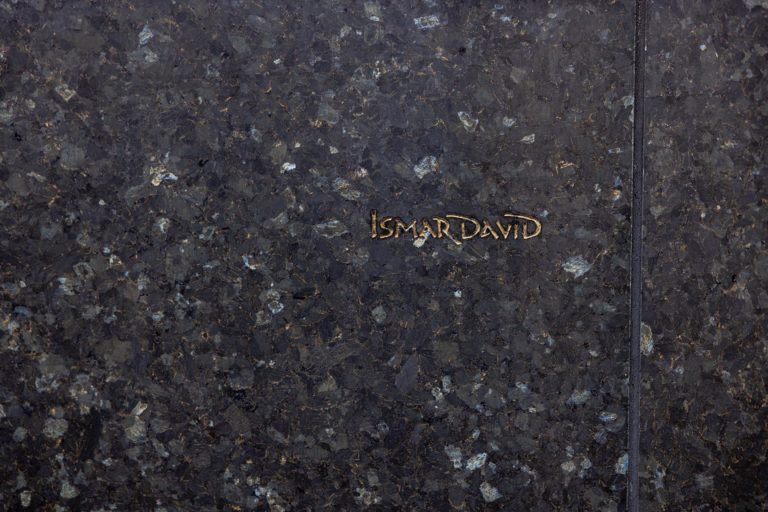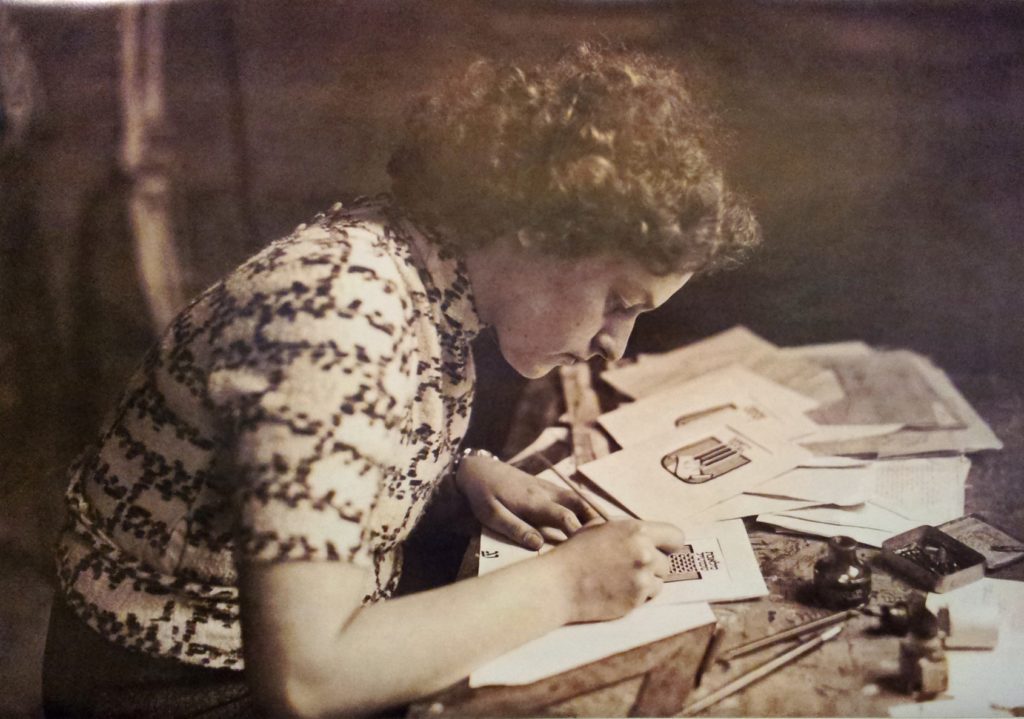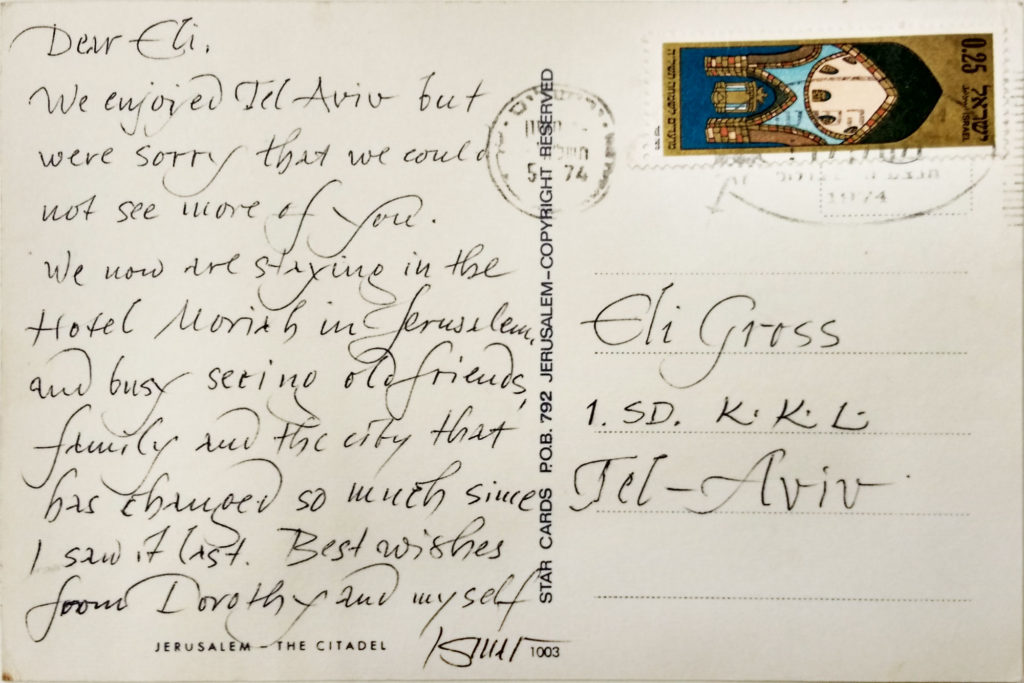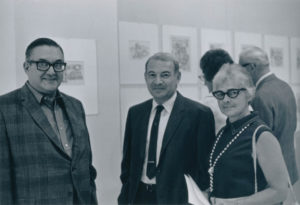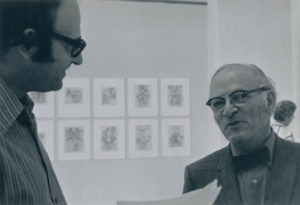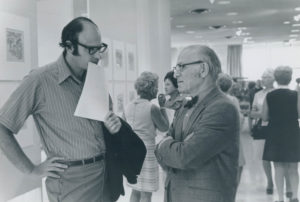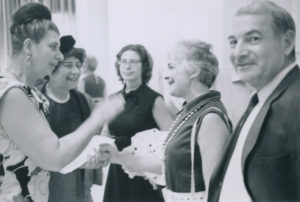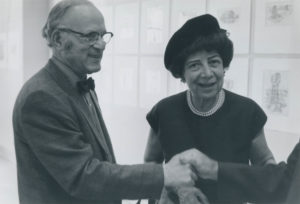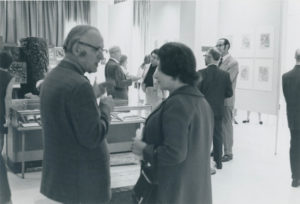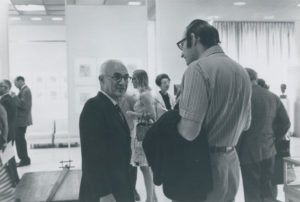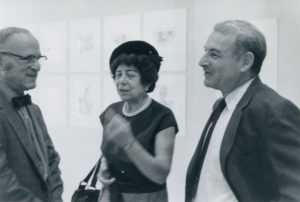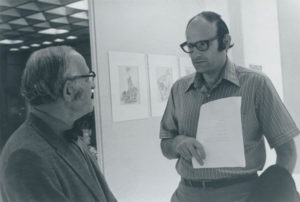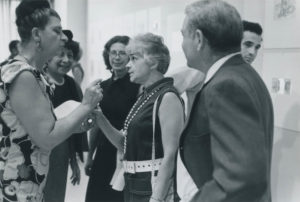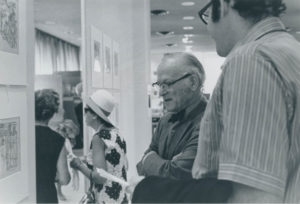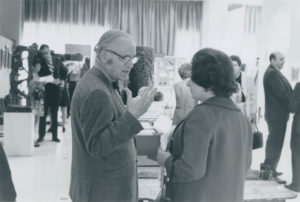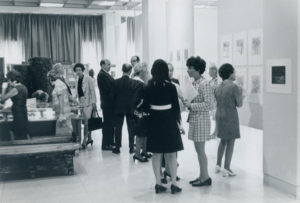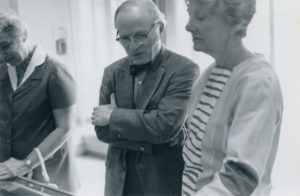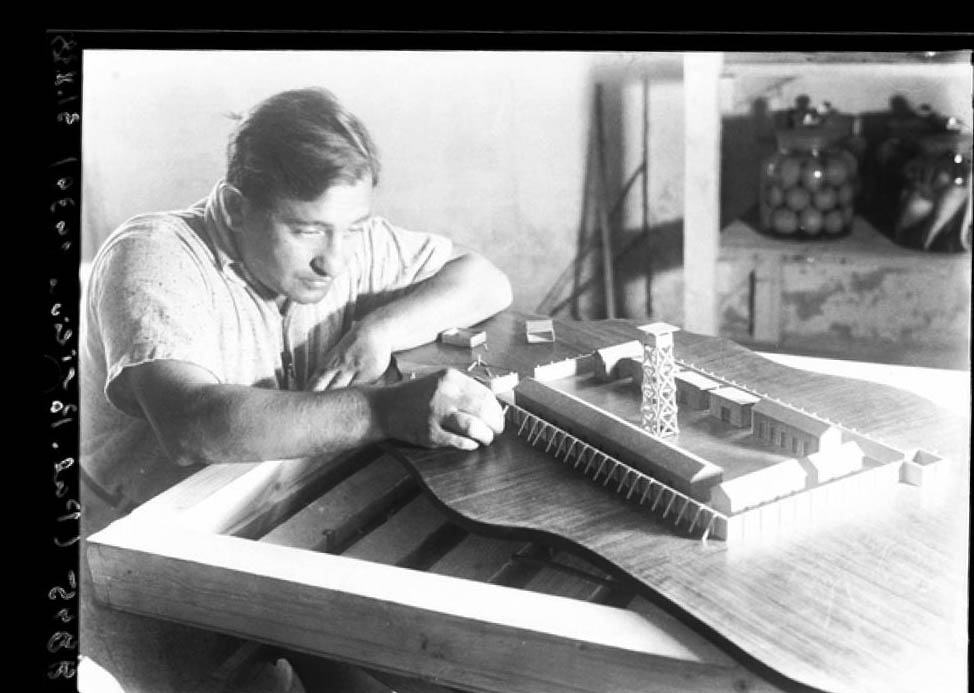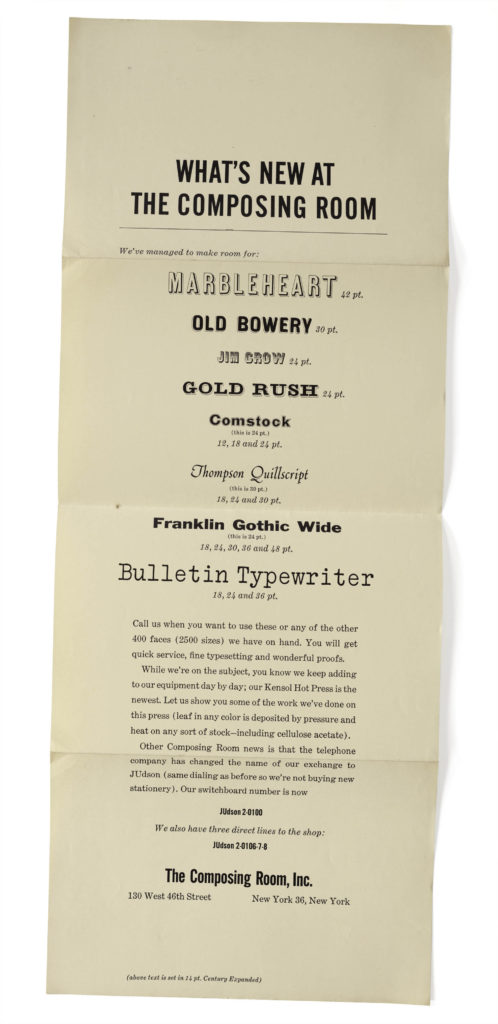Manufacturers of engraving machines in Bad Homburg, Germany, 1920–1981
According to the Science Museum Group the history of the company is as follows:
1920 – foundation of Kampf to manufacture of slitting and rewinding machines for the paper converting industry;
1959 – foundation of subsidiary Dohrer Maschinenbau GmbH in Dohr/Cochem-Mosel;
1981 – foundation of Kampf Machinery Corporation (KMC) in Nashville, United States; acquisition of the Kampf-Group by Jagenberg AG, Düsseldorf;
2003 – acquisition of Jagenberg AG by Kleinewefers Beteiligungs-GmbH, Krefeld;
2004 – foundation of Kampf (Shanghai) Machinery in China;
2009 – foundation of Kampf Machinery India in Baroda/India
(service and spare parts)
2011 – Kampf Schneid- und Wickeltechnik GmbH & Co. KG
Representatives of the firm wrote to Ismar David on May 16, 1952, as he prepared to return to Israel, after finishing his work for the Bonds of Israel.
Dear Mr. David,
Dr. Spitzer, Jerusalem, informed us that you would like to spend some days in our workshops, being trained on the Special Engraving Machine Type B III/M/R-St that we delivered to Dr. Spitzer.
We would very much like to train you on the above named machine and would be pleased if you would visit us for this purpose in the near future. Please let us know in advance the day you intend to arrive, so that we can make the appropriate provisions.
Looking forward to your reply and to welcoming you,
Sincerely,
MICHAEL KÄMPF KG
Machinenfabrik



























